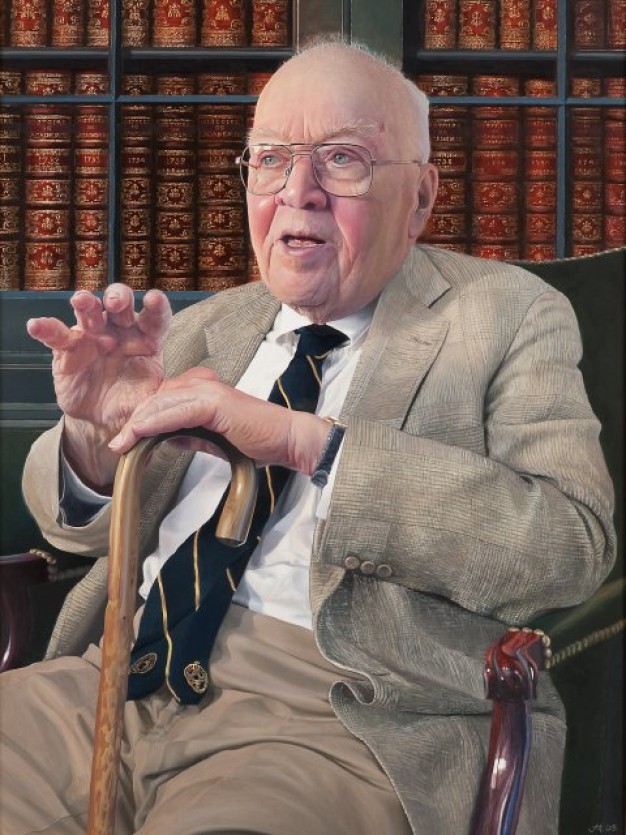Faithfully Yours: Reflections on Whitfield J. Bell, Jr.
Header image: Portrait of Whitfield J. Bell, Jr. by Jon R. Friedman, 2005.
In previous blogs, I’ve explored the phenomena of getting to know someone through research with their papers. While I haven’t had the opportunity to meet certain Members of the American Philosophical Society (APS) during their lifetime, like Henry Allen Moe or Hampton Carson, I still have a sense of who they were by reading through their records. Such is the magic of archives and why I find the profession so interesting.
Over the past month, I’ve had the opportunity to reflect on another remarkable scholar in the APS universe: former Librarian and Executive Officer, Whitfield J. Bell, Jr. (1914-2009), who was elected a Member of the Society in 1961. Unlike the others, I actually knew Dr. Bell when I started library work. So I was excited to process his papers as part of a larger project in working with the Society’s Executive Office Records. How would Dr. Bell’s documentation mesh with the memories I have of him?
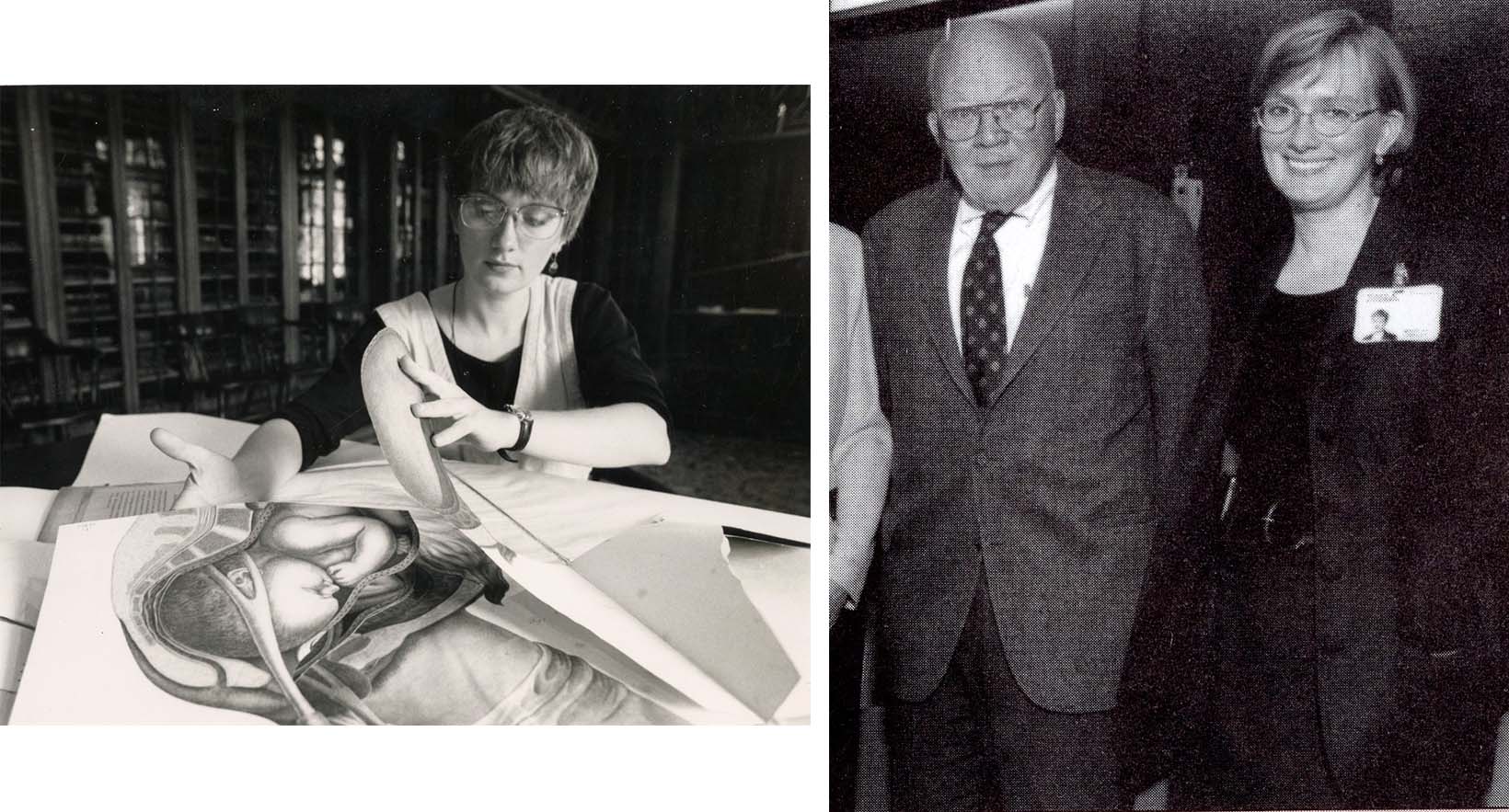
Granted, when I first met him in 1990, I was rather wet behind the ears. I was fresh out of graduate school and parlaying my skills as a conservation technician at Pennsylvania Hospital (PAH).* While it seems like an unlikely job for a former art student, the hospital is home to a significant rare book library and archives, which was the most important medical research collection in the nation, prior to the National Library of Medicine being founded in 1836.
Given Dr. Bell’s expertise in the history of medicine, he provided advice to Caroline Morris, the first Librarian/Archivist with professional training to work at the hospital. She was able to obtain funding to catalog the library**, create a finding aid for the archives, microfilm early records, and start a conservation program with book conservator Margaret Johnson. To support the latter, they started a Friends of the Library group, patterned after a similar program at the APS. I became Girl Friday for the PAH group and got to know our mentor, Dr. Bell, in due course.
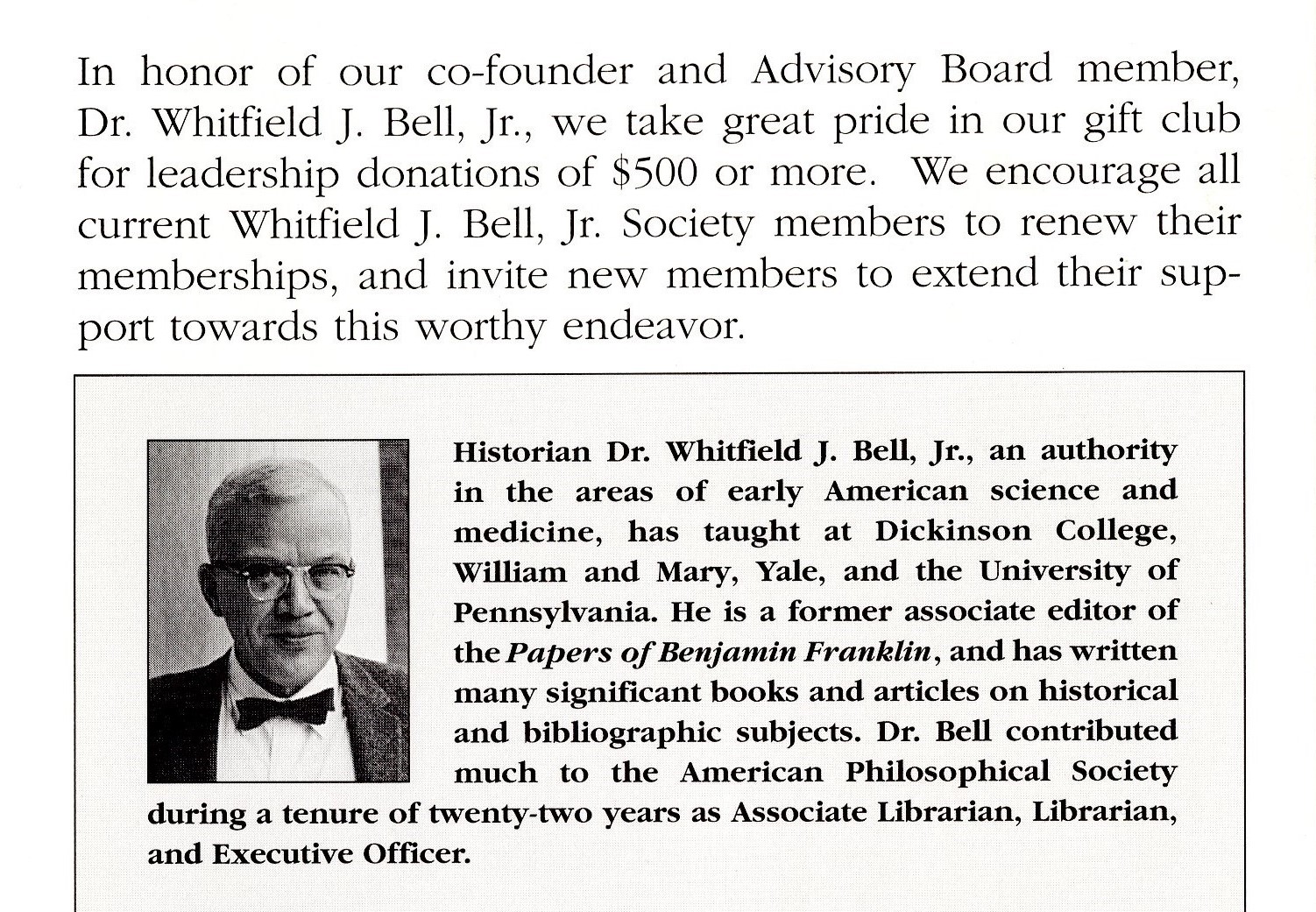
My younger self didn’t fully comprehend (as I do now) the breadth of Dr. Bell’s experience. He’s the only administrator in APS history to serve simultaneous terms as Librarian and Executive Officer (from 1977 to 1980). As an academic, he was the youngest endowed chair at Dickinson College and taught at other prestigious universities. Dr. Bell also served as a board member for the University of Pennsylvania Press, the Rosenbach Library and Museum, and other institutions in the special collections community.*** His skill as an editor and author is demonstrated in Mr. Franklin: A Selection From His Personal Letters and biographical essays in Patriot Improvers, an essential resource for researching early APS Members. In addition, a recent search in our printed materials catalog yielded 85 publications that Dr. Bell either wrote, edited, or otherwise contributed to. As a recognized Franklin expert, his knowledge was sought by many, from the most erudite scholars to popular media figures, such as David Hartman (see below).
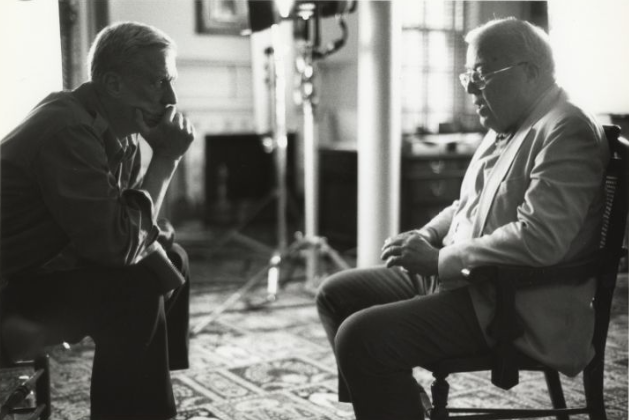
His niece, Susan Bell Smith, observed that Dr. Bell’s beliefs “Were pretty consistent with Benjamin Franklin, who really felt that the most acceptable service to God was doing service to man." Along with his devotion to civic engagement, I can attest to Dr. Bell’s sense of humor, which also seemed related to Franklin. I remember him walking me through edits to the PAH Friends newsletter and came across his note, K.I.S.S. “Keep it simple, stupid,” he said with a twinkle in his eye – no doubt in response to my purple prose about the importance of preservation work. Since we were friendly at that point and the comment was made in good humor, I had to laugh (and I’ve remembered his advice ever since).
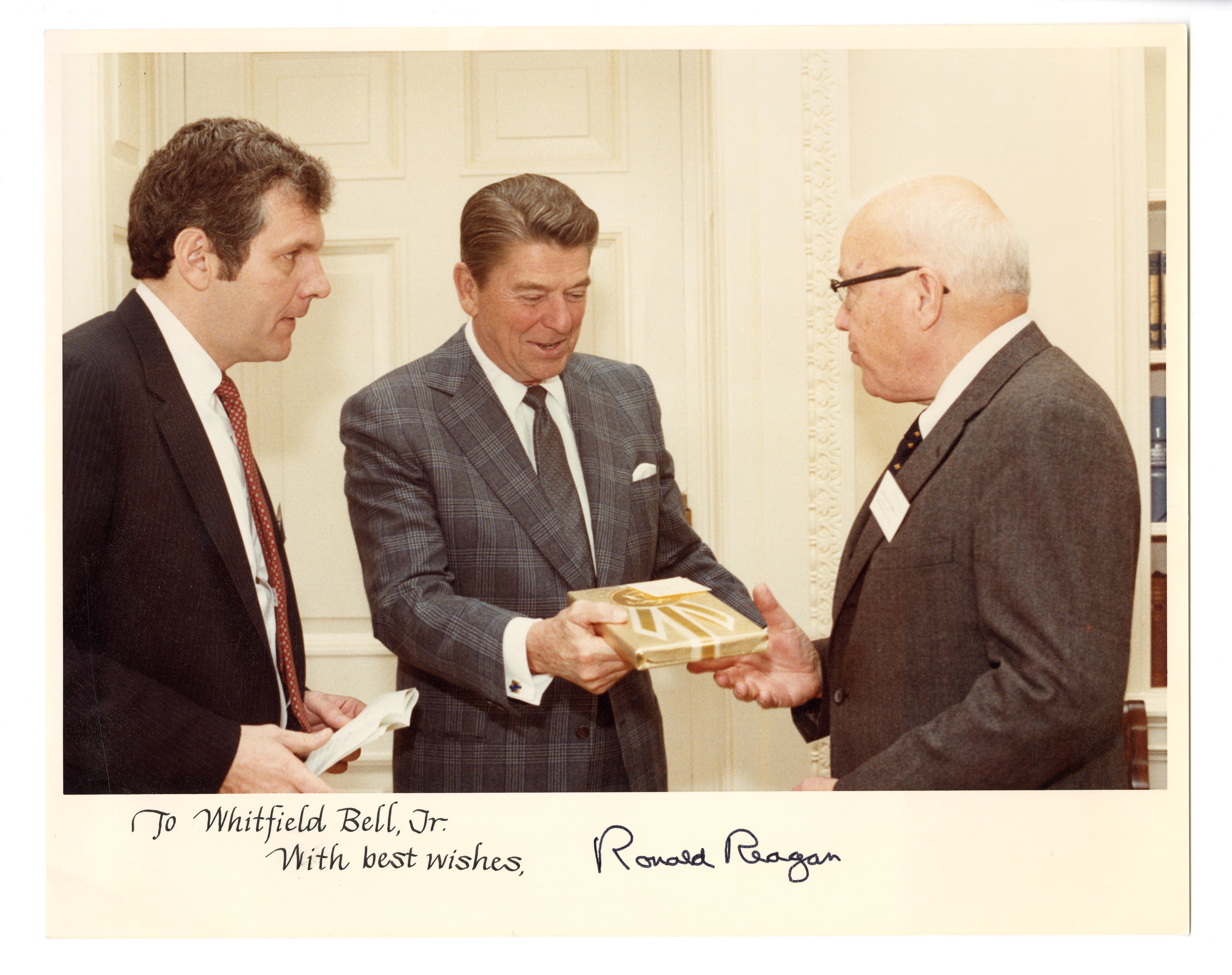
Of course Dr. Bell believed in the significance of historic preservation, as well as good librarianship and scholarly research, to which he was a devoted advocate (see above). In going through his records, I was reminded of his eloquence, whether he was diplomatically coordinating initiatives between various Member Committees (as an Executive Officer, he had to attend all of their meetings), debating the merits of a Library expansion with the Society’s Council, or catching up with a fellow historian, in newsy letters full of obscure facts, wry observations, and intriguing revelations.
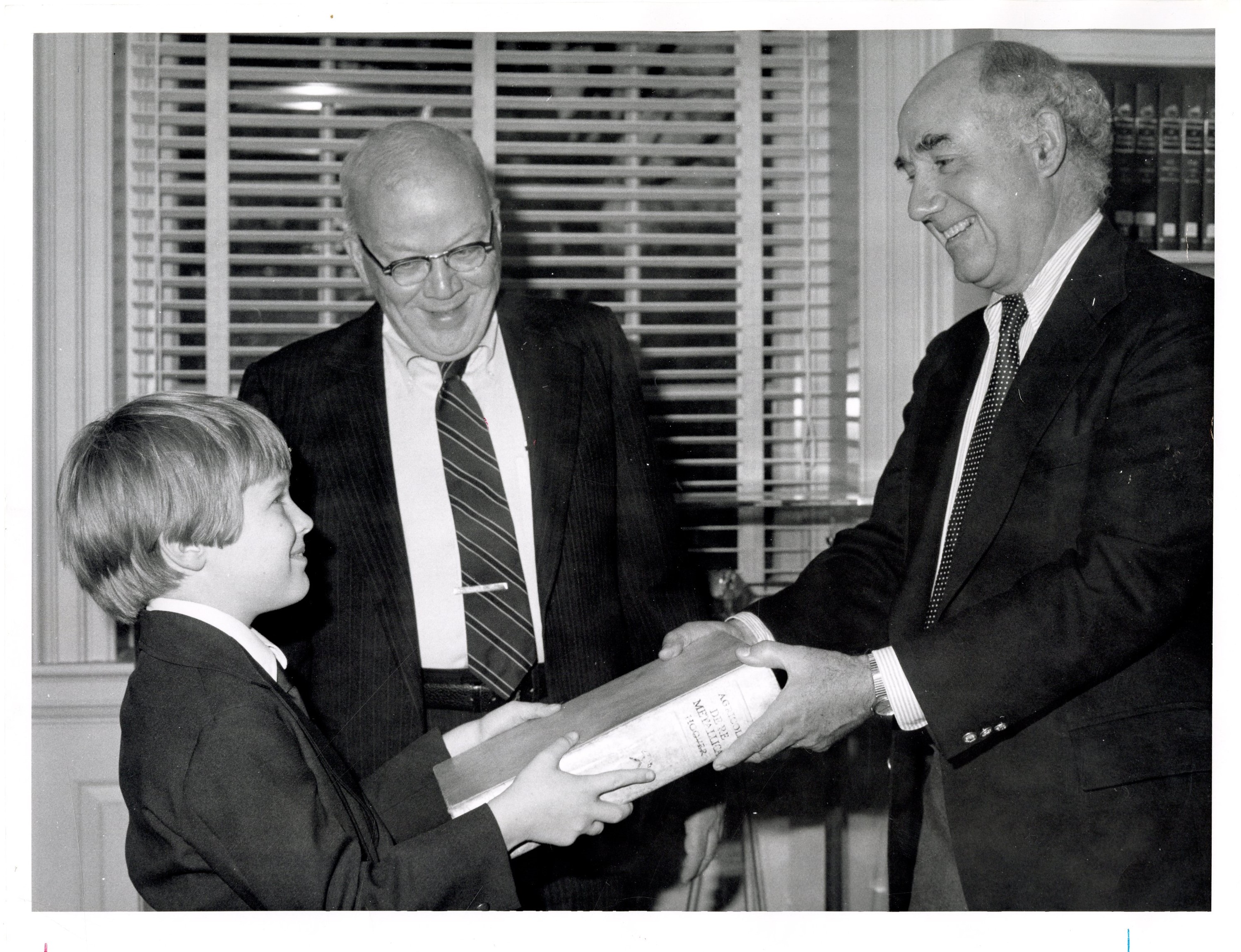
With all of the discoveries I made in Dr. Bell’s records during this period, I must admit that his personal files were not very well organized. Of course, he was quite busy during this time (!), so I was happy to finally give his records the attention they deserved. I also think that he was still spending time in Library Hall, and hadn’t fully transitioned to the Executive suite across the street in Philosophical Hall, where he could benefit from the organizational system set up by Julia Noonan. Indeed, I think the reason why Dr. Bell served in multiple roles is due to the Society as a whole being in transition. While this theory bears further investigation, it seems like the APS was at an inflection point, with the retirement of long-time Executive Officer George W. Corner, and before Edward C. Carter was hired to serve as Librarian for the Society in 1980 (see above for a portrait of the two with a young donor).
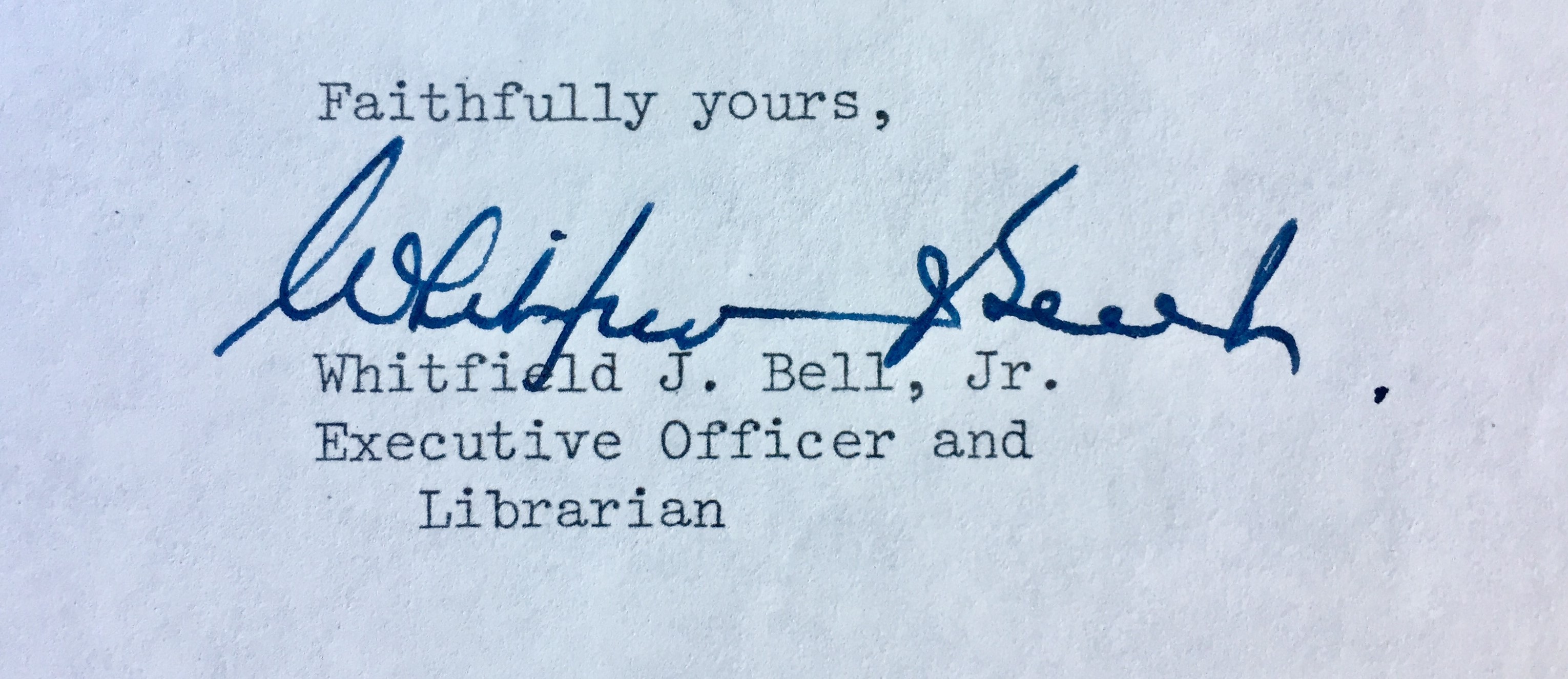
As a processing archivist, I did my best to balance Miss Noonan’s file plan with Dr. Bell’s more free-form approach, to ensure that future researchers would be able to navigate his records in the most logical and straight-forward way possible. It’s my hope that they will be able to accurately grasp and interpret Dr. Bell’s unique perspective, given his work in these twin capacities, and his faithful participation in a time of dynamic growth and change for the Society.****
* I later earned a MS-LIS from Drexel, and served as PAH Archivist from 1994-1998.
** The Historic Library's books are searchable on the University of Pennsylvania Library's online public access catalog known as FRANKLIN.
*** For more information about Dr. Bell’s career, please see the inventory of his records, which is part of the APS Archives finding aid.
**** Please see Dr. Carter’s book for more information about women elected to the Society in the 1970s and 1980s, as well as the growth of Class V, and expansion of other core activities.


